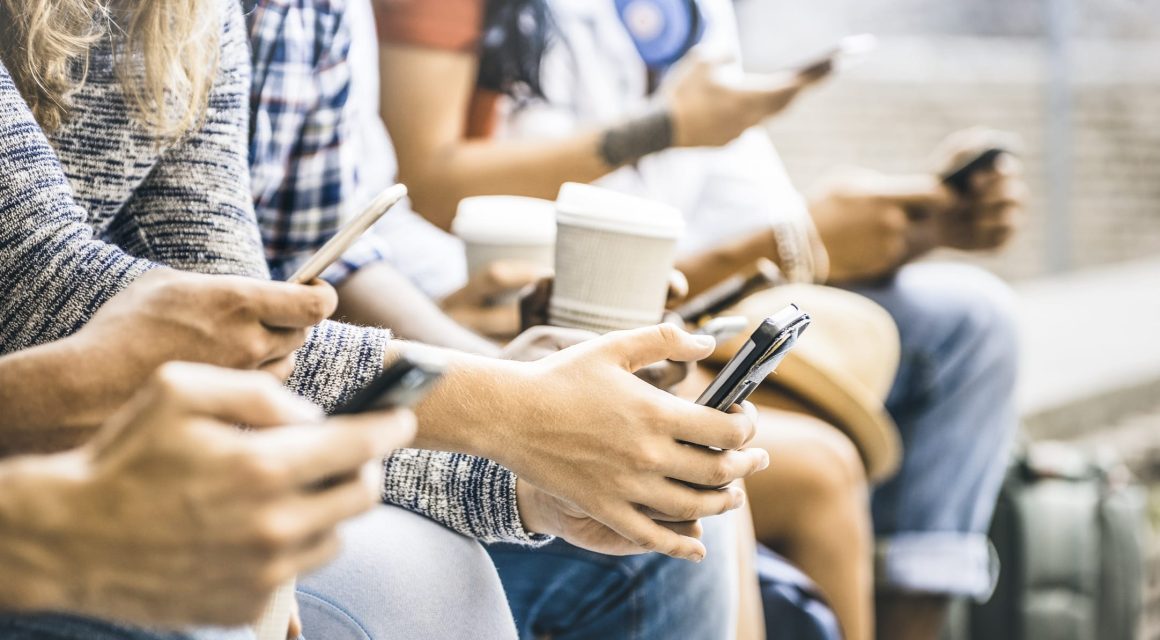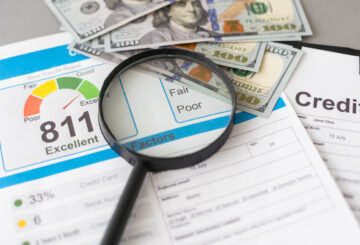Peer-to-peer (P2P) payment systems like Venmo and CashApp are forever changing the way we handle our money and our social finances. Eating out and splitting the tab is now super-easy. Paying back borrowed money can be done anywhere, and at any time.
But are P2P payments really living up to the hype? Read on for answers to frequently asked questions.
What should P2P payments be used for?
P2P payments are a great way to send money to family, friends, and people you are familiar with such as your babysitter, dog walker, or neighbor. If you don’t know the person, or aren’t sure you will receive an item you paid for (e.g. items purchased online from a bidding or sales site), it is recommended not to use P2P payments for these types of transactions. These transactions are potentially high risk and neither your financial institution nor the P2P provider offers a protection program for any purchase or sale you conduct.
How do P2P payments work?
Say you’re eating out with friends and your pal, Meghan, offers to cover the tab and have everyone pay her back. She hands her card to the server while you and your friends pull out your phones. You’ll open the cash-transfer app of your choice, find Meghan in your contact list, and key in the amount to send. You may be required to input your PIN or prove your identity in another way before the transaction is finalized. Within seconds, Meghan will get a notification the money has been sent. Once the funds actually transfer, Meghan can leave them in the P2P account or move the money to an account at the financial institution of her choice. If you forgot to pay Meghan she can send a request to you to send funds to her.
Are P2P payments safe?
All P2P systems encrypt your financial information and use security measures to protect your funds. However, these measures aren’t foolproof. Many P2P systems have been targeted by scammers.
Protect yourself from P2P scams with these steps:
- Never use a P2P service to send money to someone you don’t know
- Don’t use a P2P service to pay for items purchased online on a bidding or sales website
- Use two-factor identification
- Ask to be notified about every transaction
- Triple-check your recipient’s information before sending, there may be multiple people with a similar name
- Once you send the funds, there is no recourse to get the funds back. Ensure all of your information is accurate including recipient and amount.
If something goes wrong with a P2P payment, who is responsible to cover the loss?
Most P2P payment systems offer their assistance to law enforcement agencies and notify users if they’ve been scammed, but that’s usually the extent of their fraud protection.
If you choose to use your P2P payment service for a business-related transfer, your fraud protection will be further limited. Most P2P services clearly state in their policies that their platforms should not be used in business transactions. If you disregard these rules, the service will likely offer no fraud protection or assistance in reclaiming lost funds.
Many users mistakenly think their financial institution will back them up if a P2P payment goes sideways. However, financial institutions are never liable for a P2P payment transfer. For this reason, always follow the suggestions outlined above to give yourself the best means of protection.




